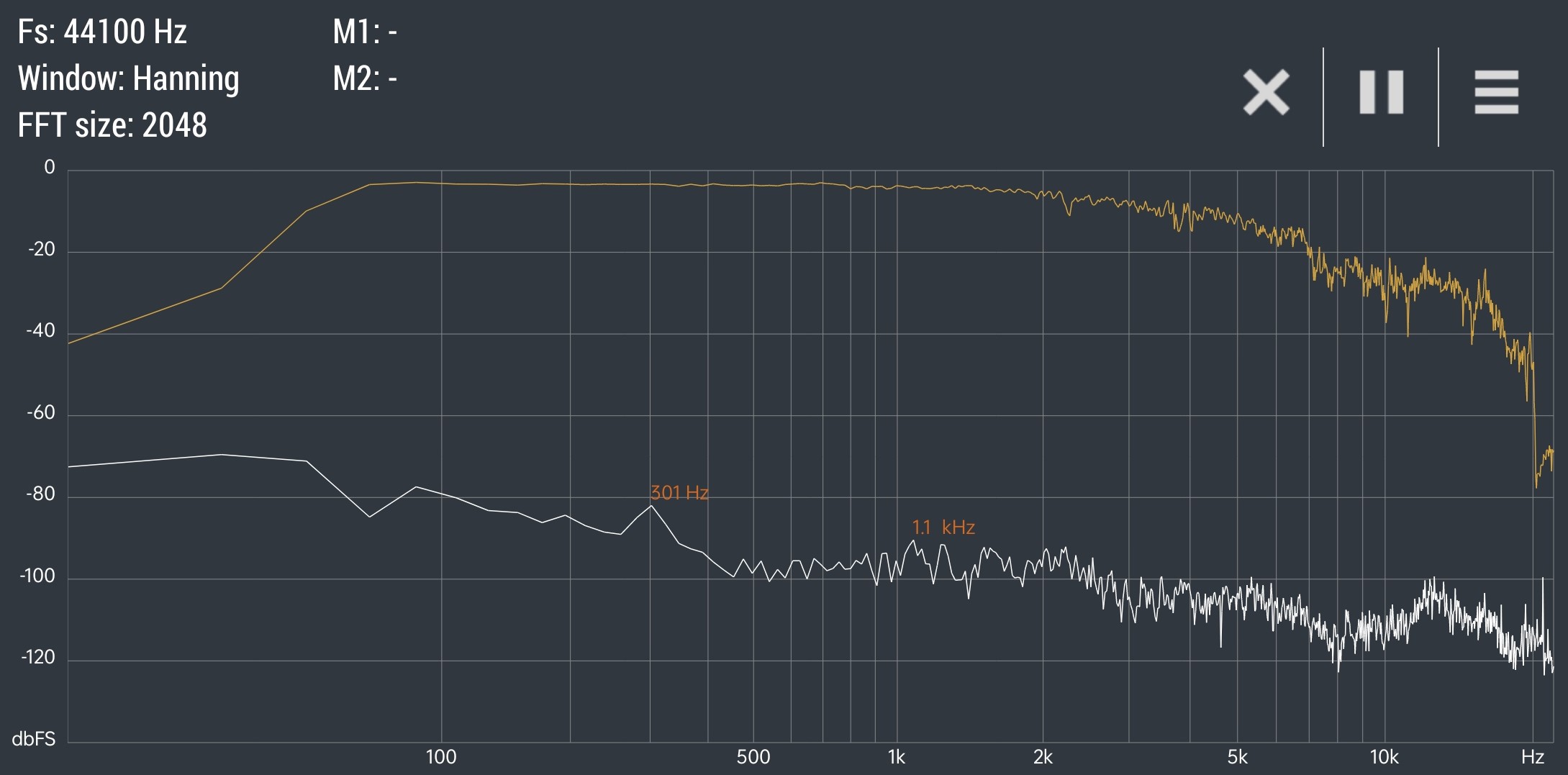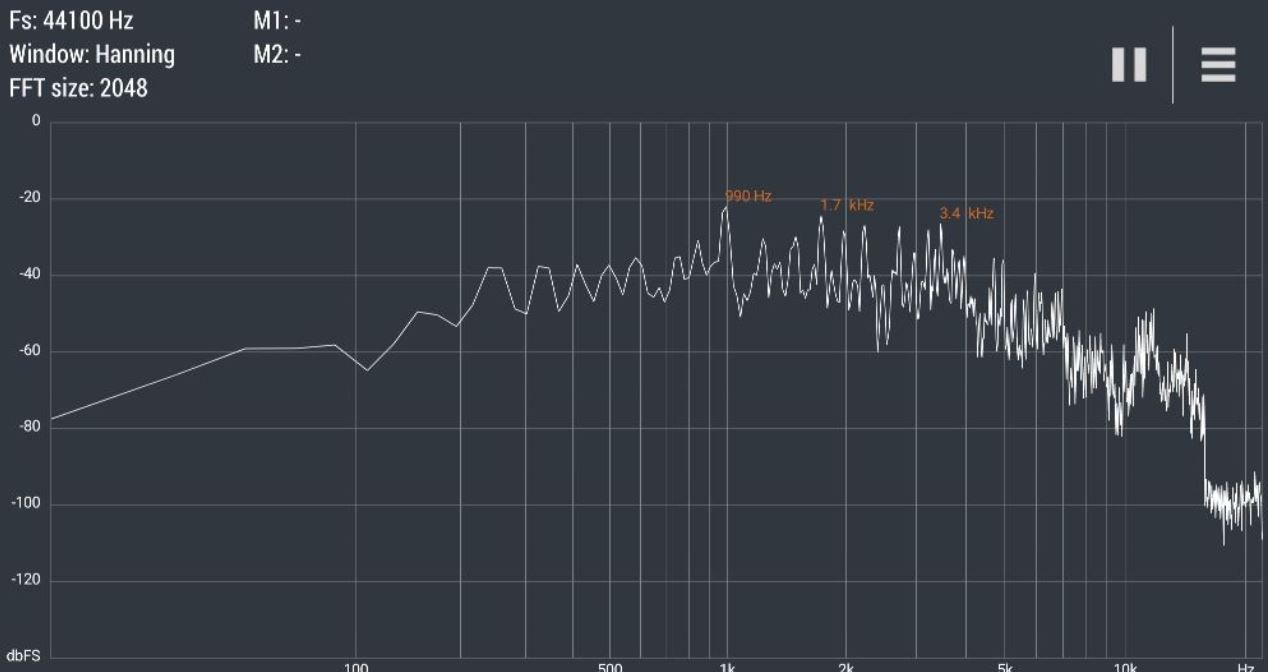How to tell if you have good music – sound signature is the key (AV guide)

We listen to music/sound on our phones, in-ear/headphones, from the TV or soundbar and speakers. Here is how to tell if you have good music and how we judge sound quality using a defined sound signature.
Most people simply say, “That sound is good/terrible.” That is a terrible way to describe sound. It is like calling food nice or ‘tastes like chicken’ when it’s a complex mix of you salty, sweet, bitter, sour, soft, hard, mushy, etc. Avoid any reviews that simply talk about their favourite tracks. Sound is a science.
There is a little background you need to know first.
Human hearing (frequency range) is allegedly 20Hz (bass) to 20kHz (treble). Most humans lose hearing as they grow older or suffer from occupational deafness. It is not deafness but the inability to hear the entire frequency range. Most can hear from about 150Hz to 8kHz. The range is:
| Deep-bass 20-50Hz | You most often feel it more in your body than you hear in your ears – that room-shaking rumble. A good sub-woofer handles this. |
| Mid-bass 50-100Hz | The most critical bass where you get all the musically important bass. An average sub-woofer usually handles this. |
| Upper-bass 100-200Hz | Most small sound devices, like portable Bluetooth speakers and earphones, start here but lack the ‘oomph’ that mid-bass adds. |
| Mid (low, mid, high) 200Hz to 4Khz | Where the action is. It covers the human voice (1-4khz) – a critical area for clear dialogue. Our ears are most sensitive even as we age. |
| Low/mid-treble 4-10kHz | This defines sound character – without it, sound can seem dull. But too strong, and sounds can be harsh. |
| High-treble 10-20kHz | Most cannot hear this, but it is vital to add a sense of sound direction and a feeling of ‘air’, a reality as though the music were really there |
There are seven distinct sound signatures and, of course, variations on these.
- Balanced: (bass boosted, mid recessed, treble boosted) also called V-shaped and the default on many devices – despised by audiophiles
- Bass: (bass boosted, mid/treble recessed) – for bass music but can sound boomy or muddy compared to warm and sweet
- Warm and Sweet (bass/mid boosted, treble recessed) – best for most music and movies
- Mid: (bass recessed, mid boosted, treble recessed) – for clear voice
- Bright Vocal (bass recessed, mid/treble boosted) – for vocal tracks and string instruments, but can make them harsh
- Analytical: (bass/mid recessed; treble boosted) – crisp but unpleasant as it makes most music sound tiny or hollow.
- Neutral: The audiophile standard is a flat (good) response that neither adds nor subtracts from the original music! The only issue here is garbage-in, garbage-out – the better the music quality, the better it sounds.
How to test maximum volume?
If you have a decent-quality Android smartphone with stereo mics (usually limited to 90dB), download Sound meter. It is not pro-grade as we use, but it will indicate approximate maximum sound levels. Most Android phones have an 80dB limiter on the speaker, 3.5mm, and Bluetooth.
How we test a speaker’s native capability
We use a white noise generator to push the speaker to its limits. We record that in a frequency response graph. You can try this at home if you have a better-quality Android smartphone with at least dual microphones. Download Advanced Spectrum Analyzer (simple to use) and play the white noise generator below using maximum volume settings. If the graph is ‘choppy’ in parts, the speaker is not very good at that frequency, clipping the frequency to what it can handle.


But the human ear is the final test in how to tell if you have good music
Assuming you know what sounds good (top you) and what does not (that can be a big assumption), find these three tracks off Spotify (YouTube versions below – not the best fidelity).
The Blues Brothers Peter Gunn Theme has magnificent trumpets over a deep-bass backbeat – Just the facts, ma’am. Great for testing deep-and-mid-bass and vocals. ! I could listen to Blues Brother Jazz all day long on a good speaker.
Beachboys is predominately vocals and guitar. If it sounds ‘tinny’ or ‘harsh’, it means the speaker cannot handle mid-high treble.
Manhattan Transfer is one of the great modern Jazz (1970s) bands using a mix of high range synthesized music and vocal and instrumental. It also has one of the most expansive sound stages with terrific left and right directionality. See if you get the ‘shivers’ – that’s excellent mid-upper treble.
Dolby Atmos test
This basic test will show whether the sound stage widens or deepens.
sound signature, sound signature, sound signature







